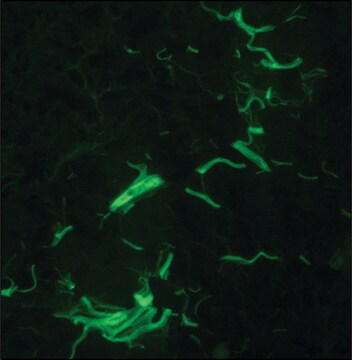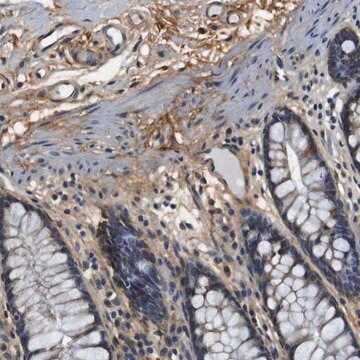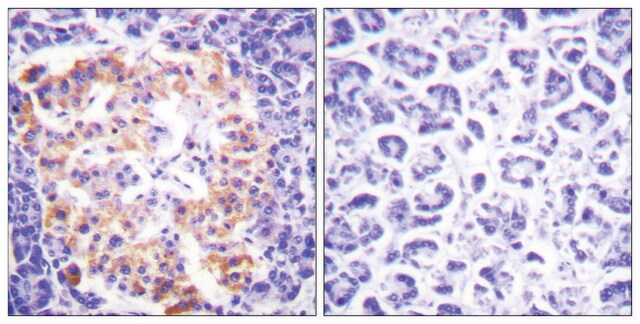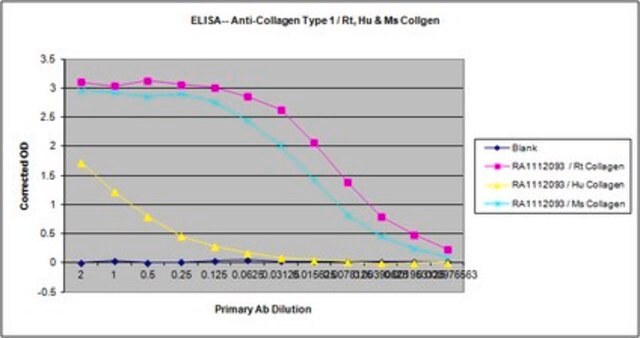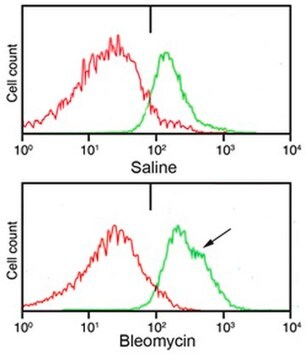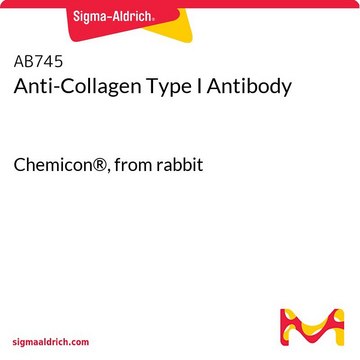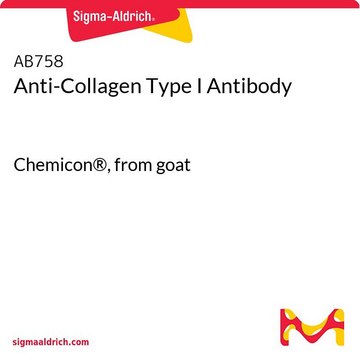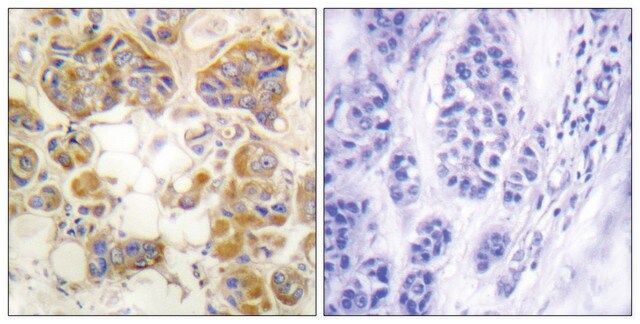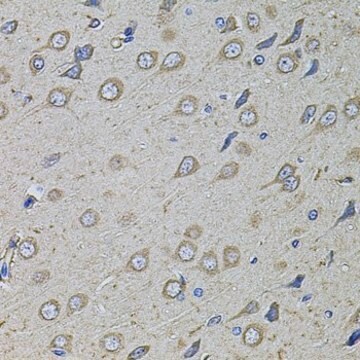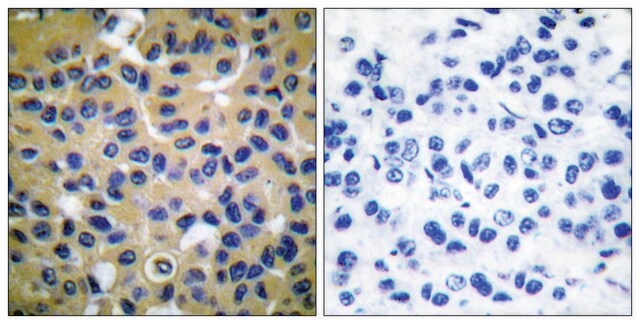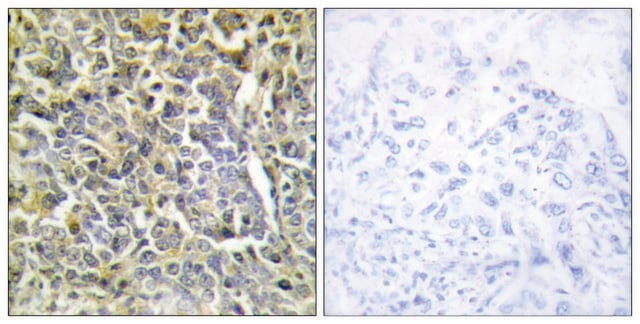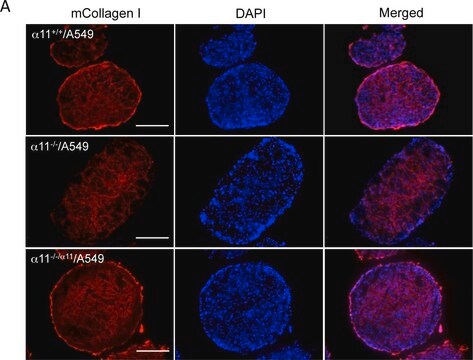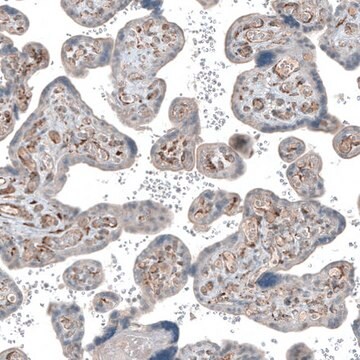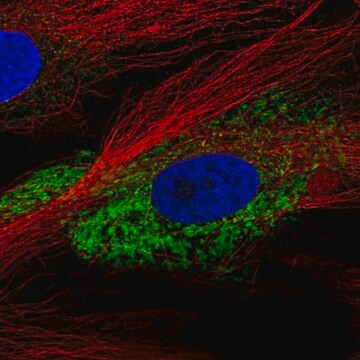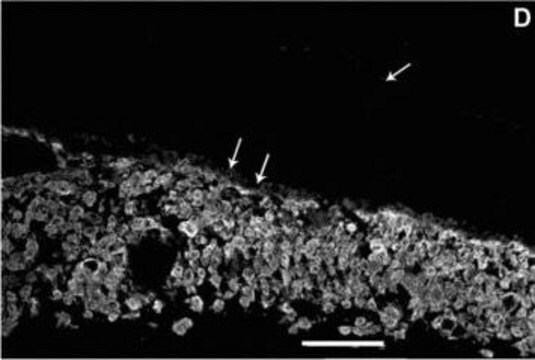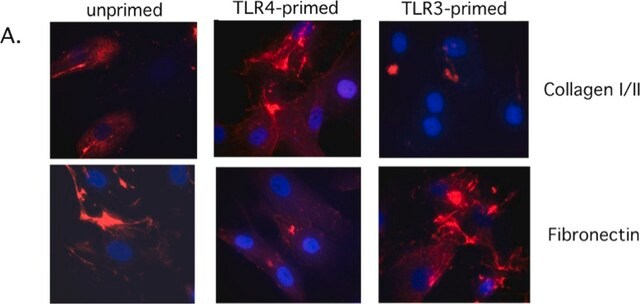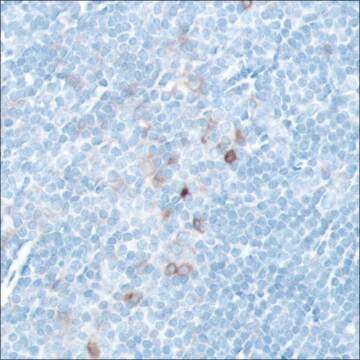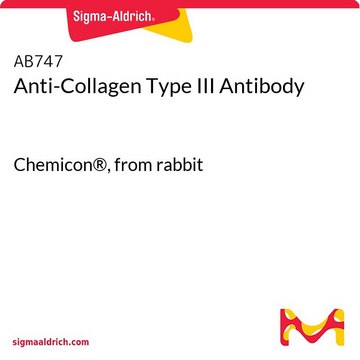SAB4500362
Anti-Collagen I antibody produced in rabbit
affinity isolated antibody
Synonyme(s) :
α 2 type i collagen, co1a2, col1a2, collagen, type i
About This Item
Produits recommandés
Source biologique
rabbit
Niveau de qualité
Conjugué
unconjugated
Forme d'anticorps
affinity isolated antibody
Type de produit anticorps
primary antibodies
Clone
polyclonal
Forme
buffered aqueous solution
Poids mol.
antigen 129 kDa
Espèces réactives
mouse, human, rat
Concentration
~1 mg/mL
1 of 4
Cet article | SAB5700818 | SAB4500366 | SAB4500388 |
|---|---|---|---|
| conjugate unconjugated | conjugate - | conjugate unconjugated | conjugate unconjugated |
| Quality Level 100 | Quality Level 100 | Quality Level 100 | Quality Level 100 |
| antibody form affinity isolated antibody | antibody form affinity isolated antibody | antibody form affinity isolated antibody | antibody form affinity isolated antibody |
| storage temp. −20°C | storage temp. −20°C | storage temp. −20°C | storage temp. −20°C |
| Gene Information human ... COL1A2(1278) | Gene Information human ... COL1A2(1278) | Gene Information human ... COL2A1(1280) | Gene Information human ... COL6A2(1292) |
Description générale
Immunogène
Immunogen Range: 1-50
Application
Immunofluorescence (1 paper)
Actions biochimiques/physiologiques
Caractéristiques et avantages
Forme physique
Clause de non-responsabilité
Vous ne trouvez pas le bon produit ?
Essayez notre Outil de sélection de produits.
Code de la classe de stockage
12 - Non Combustible Liquids
Classe de danger pour l'eau (WGK)
nwg
Point d'éclair (°F)
Not applicable
Point d'éclair (°C)
Not applicable
Certificats d'analyse (COA)
Recherchez un Certificats d'analyse (COA) en saisissant le numéro de lot du produit. Les numéros de lot figurent sur l'étiquette du produit après les mots "Lot" ou "Batch".
Besoin d'un modèle de COA ?
Ceci est un modèle de certificat d'analyse (COA pour Certificate of Analysis) et peut ne pas être représentatif d'un lot récemment fabriqué de ce produit spécifique.
Déjà en possession de ce produit ?
Retrouvez la documentation relative aux produits que vous avez récemment achetés dans la Bibliothèque de documents.
Les clients ont également consulté
Notre équipe de scientifiques dispose d'une expérience dans tous les secteurs de la recherche, notamment en sciences de la vie, science des matériaux, synthèse chimique, chromatographie, analyse et dans de nombreux autres domaines..
Contacter notre Service technique